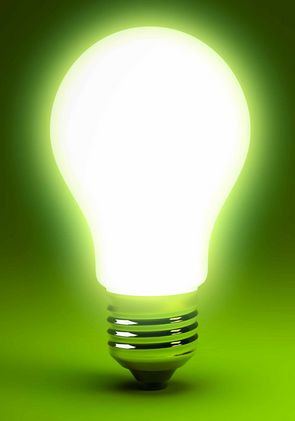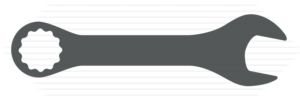A Tear-Down of a Hidden Process

How do you know anything? Most of us never ask the question.
We engineering types want to know how things work. We'll spend tons of time learning how things works so that we can make things do what we want them to do. So why not tear knowingapart to see how it works?
The act or process of knowing is called cognition. Cognition drives our lives from start to finish. From before day one we are inputting data at an enormous rate. Managing that data forms the core of what we call cognition.
There are a bazillion things written about cognition. Discussion and examination of how we learn and know has consumed vast quantities of human effort. There are people who make this their entire life's work. While in school, I studied the works of some of them. You can too. Here's my boiled-down, compressed and freeze-dried take on it.
Perceive, compare, name, categorize, file.
The first thing that happens in the process of cognition is perception. Something stimulates a sensor and a signal results. That signal is received by the brain and a perception is born. Just as there are many sensing systems on a body, and many ways to trigger said sensors, there are many ways the signals generated by those sensors are handled. We're not going to chase all those rabbit trails. Suffice it to say, something triggers a sensor, it makes a signal, the signal is received and a perception is born.
We have a signal, a perception. That's a start. Now we compare. Is this a new perception, or one we've had before? Our brain goes to work in ways we do not yet fully understand to find a similar perception in our memory.
If one or more are found, this perception is named, and added to the category inhabited by the most similar existing perceptions. If there are no similar perceptions in memory, a new name is assigned to the perception. It helps to think of these names and categories as dynamic things, rather than the somewhat fixed names we use every day. They will be edited and modified by experience as the person grows and matures.
Naming and categorizing happen in parallel, or at least so close together as to be almost interchangeable. In the end, though, the perception has a name and has been assigned to a general category with things of a like nature.
Our perception is now ready to be tucked away in our memory for future reference. This is the 'file' part of the process. Even though we still don't know exactly how this happens, we do know it happens. Otherwise we'd be unable to recall anything, which would be sub-optimal at best.
This whole process, Perceive, Compare, Name, Categorize and File, takes place in the blink of an eye. Probably even faster. And it happens in parallel, with multiple inputs sending signals to multiple receivers at all times.
So many aspects of this process are not covered in this outline. Accuracy is one of them. We generally do not verify the validity of our names and categories. In general, we accept things at face value. We are typically satisfied that our comprehension of a thing (the result of cognition) reflects reality. Very few animate species spend much time evaluating the factual nature of our comprehended perceptions. There is too much to be done and too many perceptions to count, much less prove out.
This process then fills our experiential data pool. The contents of that pool are the sole provider for our future decision-making efforts. I think it's easy to see how a skewed, warped or incomplete data pool might have a confounding effect on the quality of subsequent decisions made by a being.
I think thinking about things like this is a fascinating exercise. There are so many ways in which this knowledge can be applied to every-day living. Realizing, for example, how people can build an experiential data pool that is replete with unrealistic assessments of the world and social dynamics can go a long ways toward explaining the seeming bizarre behaviors and opinions that confront us on a daily basis.
Knowing how our own data pool is formed gives us some insight into our own biases and inaccuracies when it comes to the alignment of our opinions and feelings with the reality of the physical world in which we live.
This only touches the tip of the iceberg of knowledge, knowing and the use of knowledge in living. There are so many places to go with this conversation. So many avenues, so many rabbit trails. What a wonderful place to start!
In the end, how closely our cognized perceptions reflect reality accurately will determine the quality of our decisions. The quality of what we know, then, determines how effective our plans and efforts work.
That's what it's all about, in my way of seeing things. When I lay my hand to a task, how well does it work?
